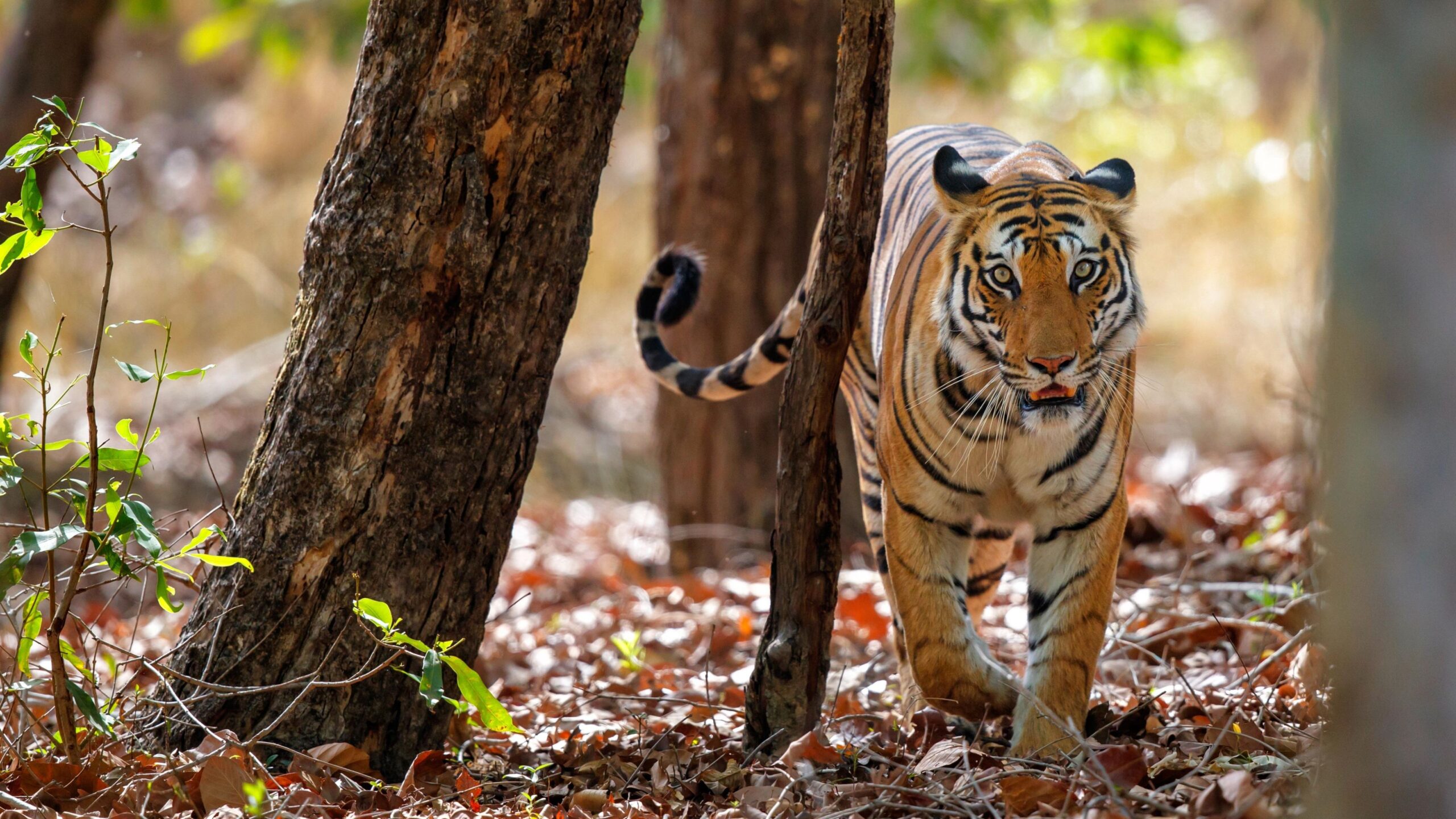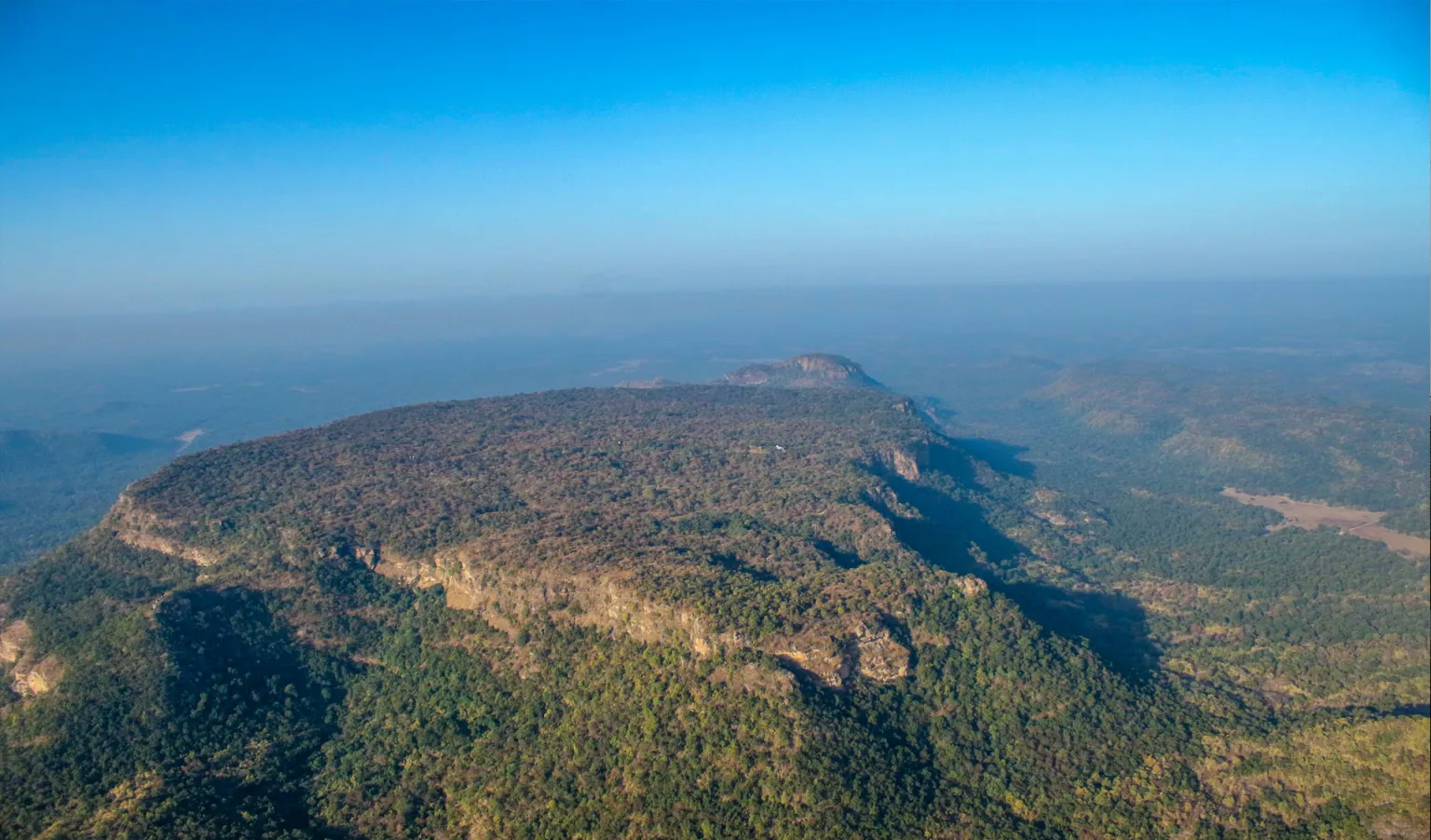
Park History

History Of Bandhavgarh Tiger Reserve
Bandhavgarh's history is rich and includes ancient roots, mythological tales, and the establishment of a national park:
-
Hunting ground
The rulers of Rewa used Bandhavgarh as a hunting ground for tigers. The area was also used by the Maharajas of Rewa and their guests.
-
White tiger discovery
In 1918, the first white tigress was spotted in Bandhavgarh. In 1951, Maharaja Martand Singh of Rewa caught a white tiger cub named Mohan during a hunting expedition. Mohan's descendants are the white tigers that are now found in zoos around the world.
-
National park
In 1968, Bandhavgarh was declared a national park after Maharaja Martand Singh helped to bring the issue of wildlife preservation to the forefront. In 1972, it was declared a Tiger Reserve under the Project Tiger and Wildlife Protection Act.
-
Archeological sites
The Bandhavgarh Tiger Reserve contains many archaeological sites, including caves, temples, stupas, monasteries, inscriptions, water structures, and sculptures.
-
Mythological origins
The name Bandhavgarh comes from the Hindu epic Ramayana and translates to "brother's fort". According to the story, Lord Rama gifted the fort to his brother, Lakshmana, after defeating Ravana.
-
Early history
The Baghel Kings established their dynasty in Bandhavgarh in the 12th century and made it their capital until 1617. The area was once part of Gondwana land, but lost its ability to be used for agriculture.